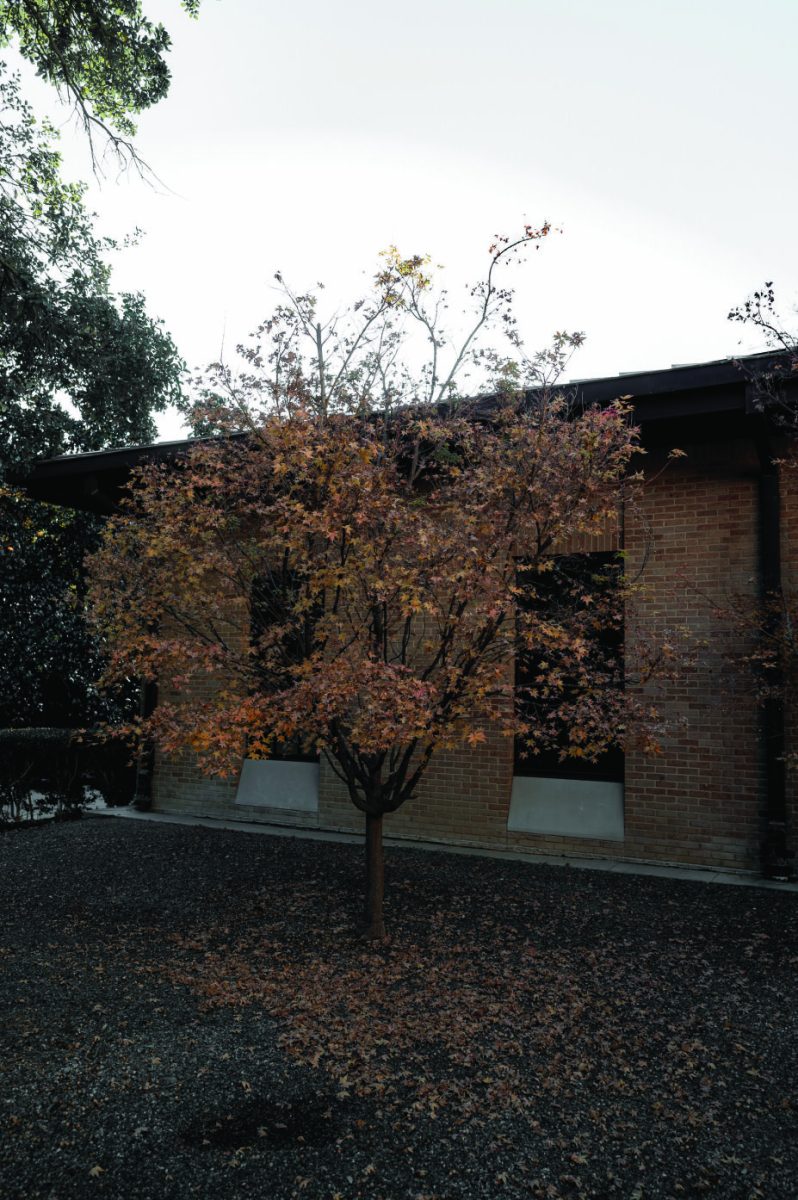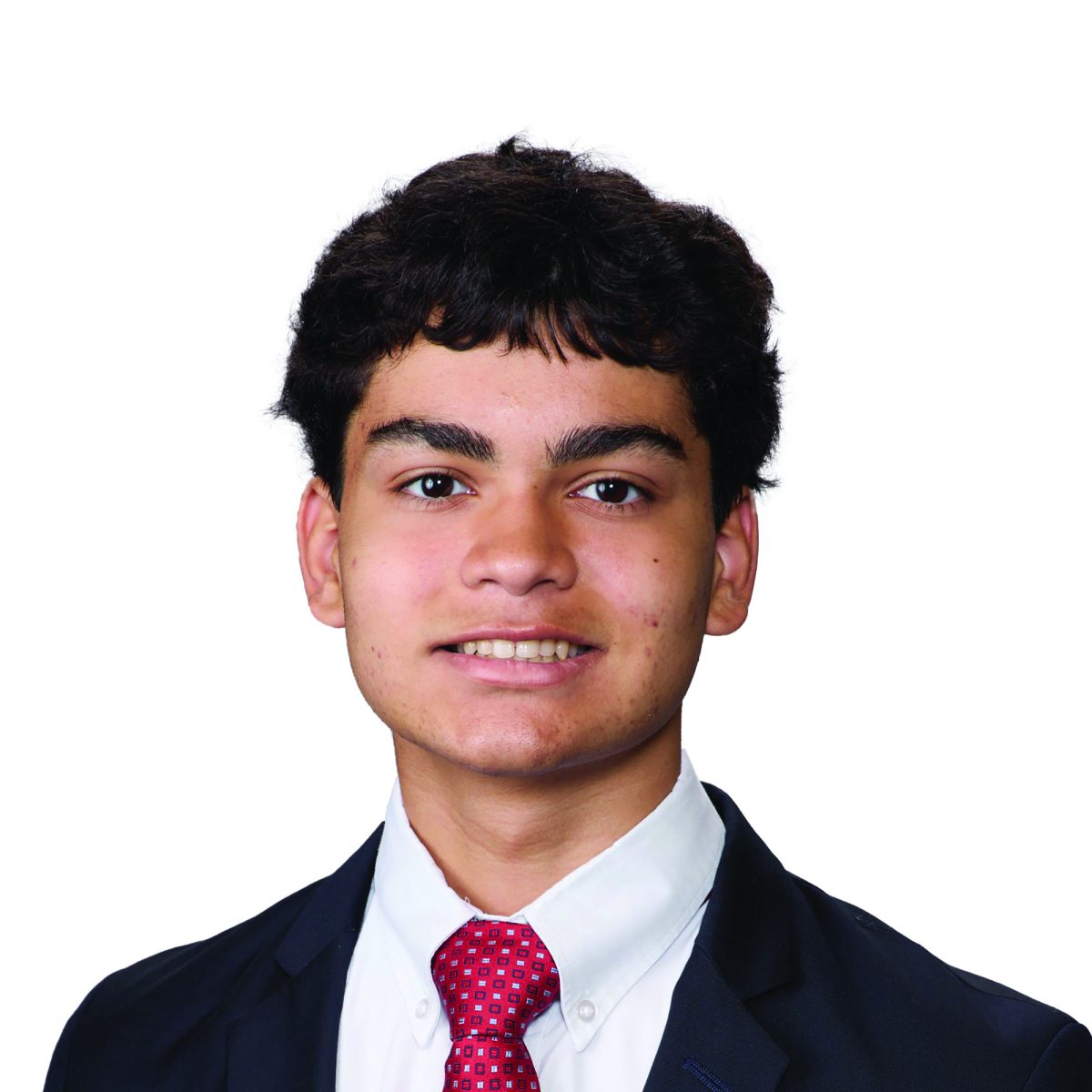While many celebrate the shift to the colder weather, the winter season poses a unique challenge. As the days grow shorter and the grass withers, seasonal depression looms here. Students refrain from activities, have less energy and are at times unable to actively participate with the community.
Seasonal affective disorder (SAD) is a unique type of depression that is linked to changes in seasons. Winter SAD begins in the autumn and continues throughout the winter months. SAD is often accompanied with oversleeping, lack of energy and a plethora of other symptoms (Mayo Clinic).
Unlike other widespread mental health issues, SAD is unique in its routine. Like clockwork, winter SAD begins in the fall and fades in the spring. This is likely caused by the loss of daylight affecting circadian rhythms. When the days grow shorter in winter, the amount of sunlight decreases and thus throws the human body into a state of flux. This can be combatted through light therapy, a method that involves exposure to a bright light that mimics natural sunlight. Integrating light therapy into daily routines can help regulate circadian rhythms, mitigate the effects of seasonal depression and restore a sense of balance to individuals to combat the symptoms of SAD.
The implementation of an ordered schedule is pivotal for fighting SAD. While it is easy to go into hibernation mode when it gets dark, having scheduled activities, events with friends or even a walk around the block can serve as powerful repellents for SAD. Once SAD sets in, it becomes incredibly difficult to adapt, thus preparation becomes paramount. This preparation includes proactively establishing a routine and ensuring that social interactions are integrated into daily life well before the onset of winter. This early preparation serves as a preventative measure to help prevent the effects of SAD.
While SAD affects nearly 15 percent of the population, it is commonly dismissed as simply “winter blues” or feeling “under the weather.” These commonly held beliefs stand in contradiction with the problem that SAD poses to the mental wellbeing of the school community.
Within the student body, there is a tendency to trivialize the profound impact of mental health problems with potentially disastrous ramifications. Mental health issues are often seen as something to be easily overcome, which perpetuates a harmful misconception that undermines the complex and nuanced nature of conditions like SAD.
The school has taken commendable steps regarding mental health. The expansion of the Health and Wellness department is a solid step towards addressing these issues and shows the school’s commitment to supporting students. However, the central issue is not the lack of resources available to students, but rather students’ willingness to utilize these resources. The stigma surrounding men’s mental health needs to be dismantled in order to encourage more students to seek the help and support they require.
Members of the school community must challenge these misconceptions to foster an environment conducive to proactive support for students struggling with SAD. Only through a collaborative effort can the stigma surrounding mental health be dismantled. By promoting open communication, the foundation for a community where students feel comfortable seeking help can be readily built.
As the colder winter months march upon the school, it becomes imperative that students prepare for the problems posed by SAD by actively engaging with the community and fostering a culture of support. The changing seasons bring unique challenges that demand preparation and communal support. By embracing open communication and adopting preparation strategies, students have the power to dispel the coldness of SAD and ignite a fire of collective resilience.






